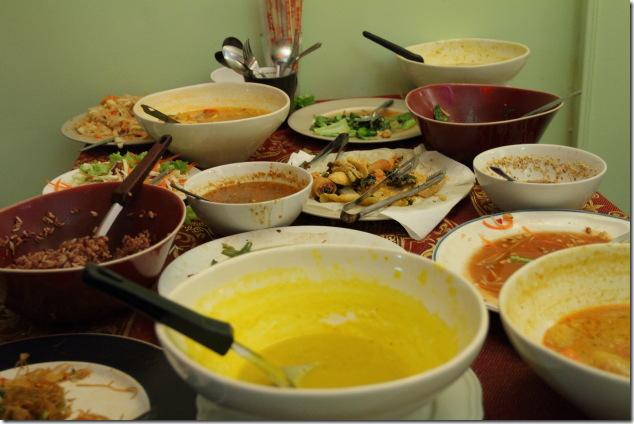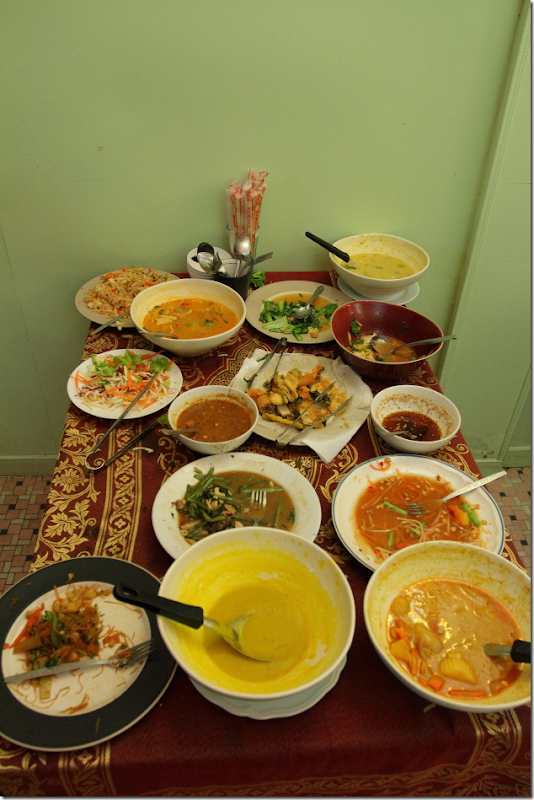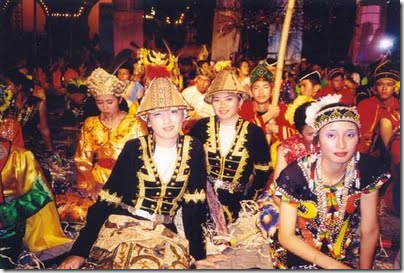Day 3 Digest from Ayyuthaya and Bangkok, Thailand
For the earlier daily travel digests from my South East Asia Backpacking trip, look here.
Day 3 was a hectic tour day for me. The previous day, we had arranged ourselves a day trip to the UNESCO World Heritage Site of Ayyuthaya Historical Park. The cost of the tour was 700 THB per head and we were supposed to be ready by 7 AM. The wake up came around 6:30 am and by the time we had finished our breakfast, a Toyota Commuter van was waiting for us. From then on, we were taken to a place where other tourists like us were brought from different parts of the city and tickets were validated. From here, we drove with one short pit stop to Ayyuthaya, about 120 kms from Bangkok. The initial stretch had some traffic, but then on it was smooth sailing. I have a lot of respect for Thailand’s road system.
But, this is where the good part of our tour ended. From here, about 40 or even 50 of us from different vans were assigned one guide. This guide would simply wave a piece of paper trying to grab our attention. Then, he would say a word or two about the place and explain to us the time within which we have to return to our vans. Then he would say, “Now go Photograph”. And then we would roam aimlessly without any guide explaining us any stuff or helping us out with view points. We could manage this in the early hours of the morning as the weather was pleasant, but as the day got hotter, our spirits sagged and no one was there to lift us.
In the morning session, we were taken to 2 or 3 temples amidst ruins. Then, there was a buffet lunch that I don’t even think is worth talking about. The less said the better. Then there was the sleeping Buddha, some big stupas and by the time we boarded our vans to Bangkok, we were dead tired.
When I stepped foot on Khao San road in Bangkok, I vowed that I would not repeat the mistake of taking such a tour. In my mind, it is a perfect waste of time and money. By the time we reached the hostel, we were so tired that there was no reserve energy even for a shower and off we went to sleep. Dinner helped us re-energize for a while, but the day’s energy drain made me hit the bed pretty soon.




 Note: The below list is for a MALE in his early 30s.
Note: The below list is for a MALE in his early 30s. 



































